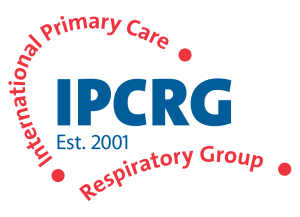3. Evaluating spirometry
ຂໍ້ກຳນົດການສຳເລັດ
ໄປທີ່ກິດຈະກຳຢູ່ສຸດທ້າຍ
Welcome to Module 3 of Spirometry Simplified!

These are the Learning objectives for the third module of this course - Evaluating Spirometry:
3.1 Evaluating the correctness of subject data entry and choice of reference values
- Identify and assess the accuracy of the subject data entered and choice of reference values to ensure that predicted values are correct.
- Identify that a calibration check has been conducted and store records in an easily retrievable way.
- Check that results are reported at BTPS.
3.2 Evaluating the test for acceptability, usability and repeatability, grade the test quality
- List and explain acceptability and usability criteria. Assess the FEV1 and FVC separately from each individual blow for acceptability or usability criteria and explain what to do if this criterion is not met.
- List and explain repeatability criteria. Assess the results for the 3 best trials for repeatability and explain what action to take if repeatability criteria are not met.
- Use real-life errors to assess and discuss effects on test results when incorrect data/reference values are used.
- Explain test quality grading and manually grade the quality of the test result.
- Explain what to do next if acceptability, usability, repeatability and/or quality grading criteria are not met.
3.3 Evaluating the numerical results for best test and best trial in preparation for interpretation
- Ensure that the spirometry report that will be generated includes the flow-volume loop, volume-time curve, predicted and measured values and Z-score values.
- Prepare for interpretation by explaining the difference between the best test and best trial and identify each of these on the spirometry report.
- Explain how the best trial is calculated.
- Explain how the best values are chosen.
